YOUR COMMUNITY. YOUR VOICE.
Your Story Here
A camp that heals the counselor; a co-op that leads to co-parenting; a program that breeds bravery. We invited Farm folks to tell us about a community that is meaningful to them.
Here is a selection of those submissions, condensed and edited for clarity. Add your voice. Submit your community story.
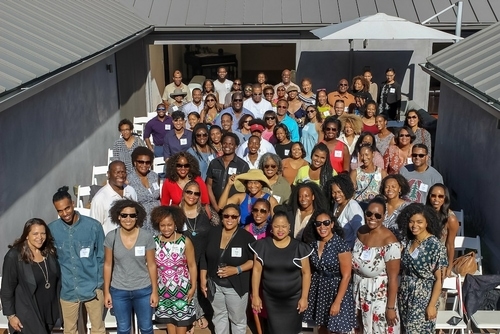
An Afternoon with Jan Barker-Alexander, Interim Assistant Vice Provost for Student Affairs and Chair of Community Centers. (Credit: Christian Beauvoir, ’14)
Kim Mitchell, ’89
STANFORD AFFILIATION
Alum
COMMUNITY
Stanford Black Alumni
Black Alumni of Stanford living in Southern California
LOCATION
Southern California
COMMUNITY SIZE
1,100
I love my Stanford affiliation with all my heart. The Black Alumni community in Southern California keeps me connected to my alma mater through active engagement in community service and social activities. Since graduation, I have been active with my SoCal community and through that interaction I have been inspired to give back to the local community by volunteering with Cardinal College Prep and assisting with college fairs in the local area. We are a dedicated group of individuals determined to make a difference in our local community and in the world. My pride in my Stanford affiliation has only grown over the years because of being a part of this SoCal Stanford community! #chocolatecardinal
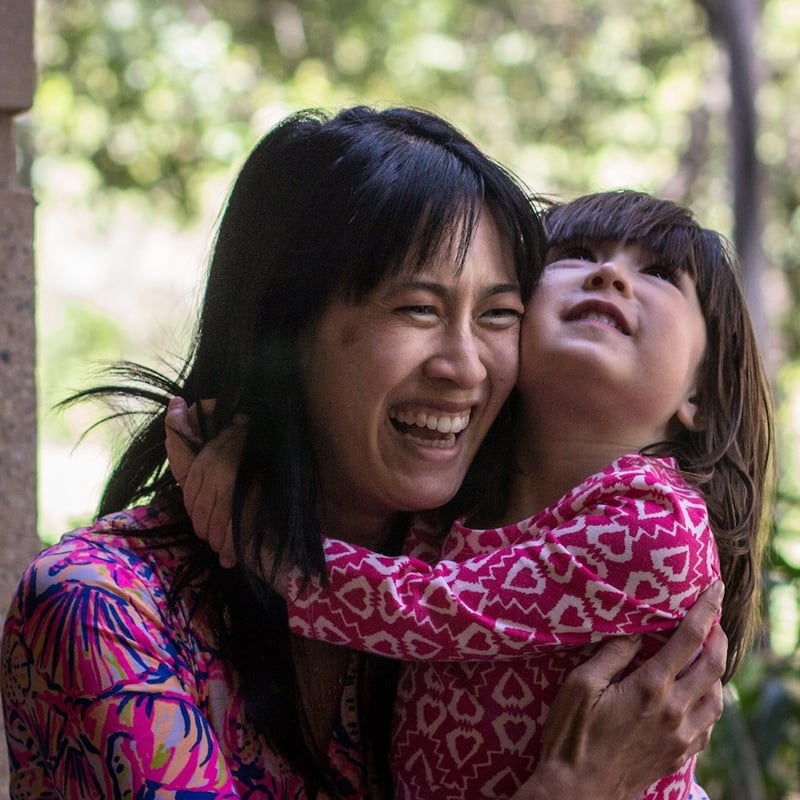
Cheuk and daughter Alexandria, in the breezeway of Arrillaga Family Dining Commons. (Credit: Ilana Horwitz, MA ’18, doctoral student)
Tina Cheuk, MA ’07, doctoral student in the Graduate School of Education
STANFORD AFFILIATION
POLS alum, current PhD student
COMMUNITY
Mothers in Academia
Phenomenal students who are mothers, expectant mothers and allies who advocate for gender equity
LOCATION
Stanford—all seven schools
COMMUNITY SIZE
200+
When my requests for a lactation space fell on deaf ears four year ago with the birth of my daughter Alexandria, I realized that I was not heard nor wanted at the table for decision-making. Through the support of VPGE diversity funding, I was able to build my own table, set the agenda, and invite all expectant and current student mothers who may also have been struggling on their own. Together, we formed Mothers in Academia.
The broad goal of this network is to support the community of graduate student and postdoc mothers, and educate the broader academy on how to support and integrate pregnant and parenting students into the academy. Our growing group of mothers and allies meets quarterly to unpack complex issues, emotions, and professional questions around working and learning as a mother in the academy. Our four-year advocacy efforts have resulted in both small wins and significant policy changes that remove the barriers faced by pregnant students and student parents at Stanford. Highlights of our efforts include a creation of a Family Grant program that provides up to $10K per year for graduate students with dependent children, an expansion of the Childbirth Accommodation Policy that will expand from six weeks to one quarter, and a university lactation policy that provides guidance for any student navigating her pumping needs while developing her scholarship. Our collective voices across this diverse network have engendered institutional change at Stanford.
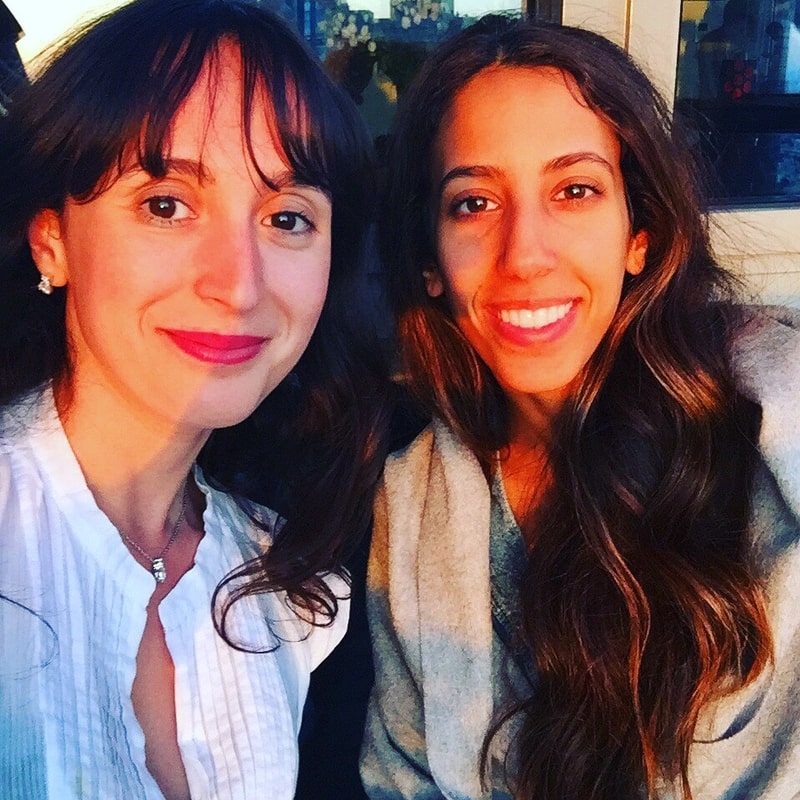
Narjisse Sarehane, ’13, and Liana Kadisha, ’15, one my best friends, in Tel Aviv, Israël.
The Entreprenartist
STANFORD AFFILIATION
Alum
COMMUNITY
International and global visionaries
International students from different countries, Stanford mentors, Stanford Club of France
LOCATION
The European community
COMMUNITY SIZE
10 and can have more
This community is important to me because I feel home and feel myself whenever I am with them. I also feel that I can share my views of the world without any judgement. Also, being part of this community makes me feel safe. I feel happy and I feel I can pursue my dreams and believe in my project to make the world a better place. Being outside of my community from Stanford makes me feel lost and not understood by people. They think that I am a dreamer and an idealist and that the world is not a pink place. I feel that my Stanford community makes me push the frontiers of the things I believe in and really empowers me to make a positive social impact in the world.
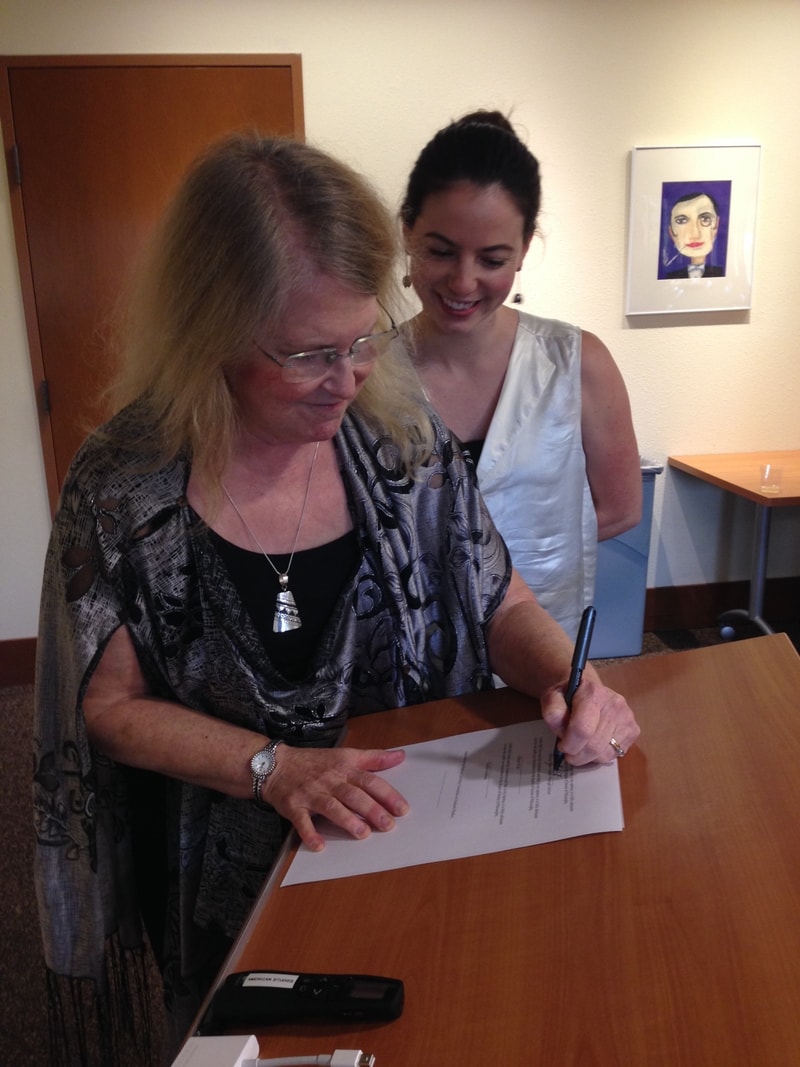
Shelley Fisher Fishkin signing and approving my dissertation following my defense.
Adrienne Rose Bitar, PhD '16
STANFORD AFFILIATION
Alum
COMMUNITY
My Modern Thought and Literature dissertation committee
Dissertation committee members
LOCATION
Stanford, CA
COMMUNITY SIZE
4
For me, my community was my committee. My dissertation committee was my bedrock and constant source of inspiration while I spent seven years at Stanford earning my Ph.D. in Modern Thought and Literature.
Graduate students often think of their committee as judge and jury. After all, their committee can make or break their graduate career as they face challenge after challenge: oral exams, qualifying paper, chapters, and dissertation proposal all need to be signed and approved by each member of their committee. Like everyone else, I had my healthy dose of fear when I went into my oral exam room or submitted my dissertation proposal. But my committee made sure I knew that they were my community: an encouraging, inspiring group of scholars that each contributed their strengths to form a whole much greater than the sum of its parts.
My committee came from all different backgrounds. Shelley Fisher Fishkin, my advisor, is a fearless interdisciplinary scholar who constantly breaks boundaries with her brilliant work on Mark Twain and American culture and literature. Estelle Freedman, my history advisor, knows more than I ever thought possible about women’s history and was a model of commitment to a cause. Bryan Wolf, my art history advisor, could interpret art with this totally eye-opening mix of insight and intelligence.
Together, these three scholars formed a committee that went way beyond the individual contribution of distinct insights from their respective fields of English, history, or art history. Instead, they created a community, each representing entirely different fields, but coming together, challenging disciplinary limits, and bringing joy to intellectual pursuit.
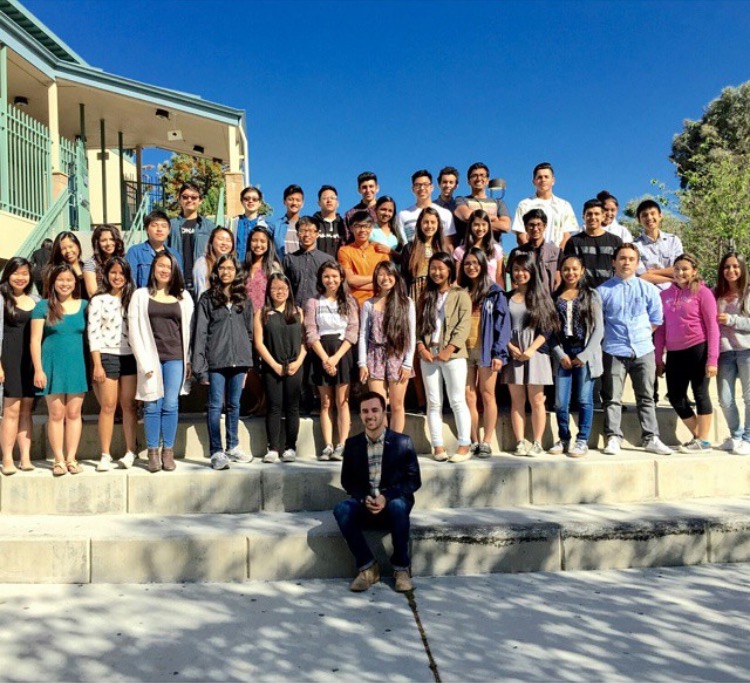
End of the year photo - u16, spring 2015. Right after wrapping up "The Bluest Eye."
Chad Meirose, '11, MA '12
STANFORD AFFILIATION
Alum
COMMUNITY
Students
First generation college students, high school students, youth that want to change the world.
LOCATION
East San Jose, CA
COMMUNITY SIZE
45+
In 2015, these students were in my 45 person AP English language course. They were 16 at the time and I was a 3rd year teacher. These students took on the task of reading Toni Morrison's "The Bluest Eye" and examine and evaluating the themes of abuse, racism, etc. In their final projects, I asked them to connect these themes to anything they saw in their lives, in their communities, or in their families. The courage and honesty of each student going in front of the class and making personal connections and sharing stories of triumph over adversity brought every student (and myself) to tears. Seeing the strength in these 16 year olds was inspiring, and it showed me the true power of literature, education, and mentoring. This was the first time students were asked to read a novel with such advanced language and themes -- to see them read it with a critical lens and succeed when other teachers said they would never be able to do it, made the final projects just that much better. Remember, a class of 45 students when it should have been capped at 30. I couldn't turn any child away that wanted the challenge of an AP English course.
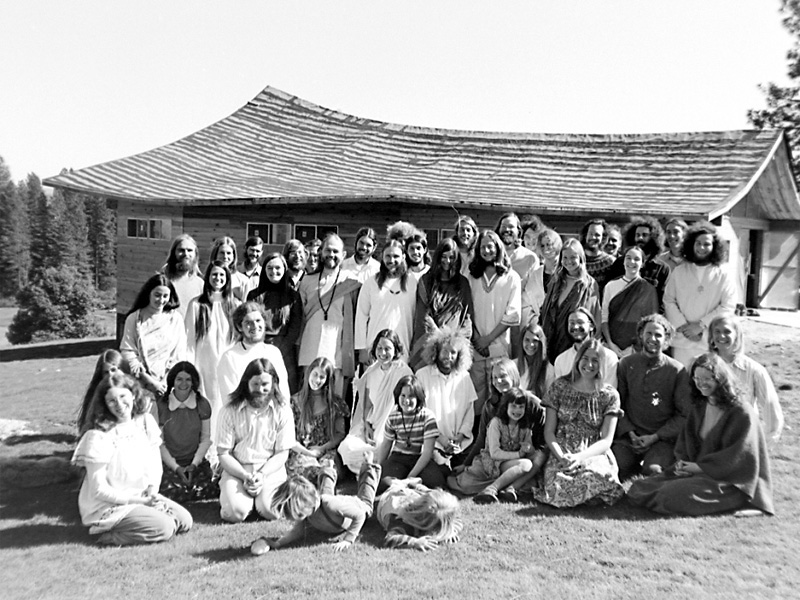
The Ananda Village members - all of them! - in 1969, with Swami Kriyananda.
George Beinhorn, '63, MA '66
STANFORD AFFILIATION
Alum
COMMUNITY
Ananda Community of Mountain View
Mostly disciples of Paramhansa Yogananda, though our members are diverse.
LOCATION
Mountain View, CA
COMMUNITY SIZE
70
I moved to Ananda Village in 1976, and have lived in these spiritual communities ever since. Now age 76, I am profoundly grateful for the friends I have found here, who support each other in fair winds and blustery weather.
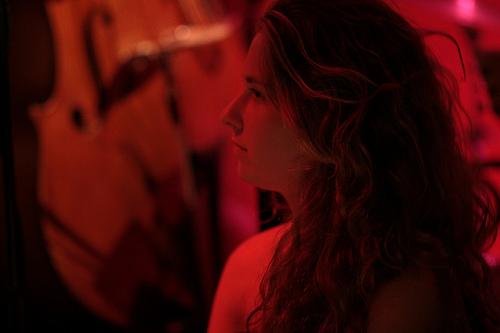
Listening to my friend's band at Rockwood Music Hall, New York City
Sam Lipman, MA '14
STANFORD AFFILIATION
Alum
COMMUNITY
Local Correspondents
We are a quirky group, mostly musicians but writers and visual artists too.
LOCATION
Brooklyn
COMMUNITY SIZE
50
I fell in love with writing in high school. I was sad the local arts high school didn't have a writing program. I remember being an awkward teenager in a night school writing class at Sarah Lawrence but no one was really my age.
When I moved to Brooklyn after high school, I found a group of writers, musicians, actors, and artists. We would all support each other and go see our friends' bands play together. One of the owners put up my best friend's paintings on the wall; the musician who worked at a museum would invite people to play there; I wrote lyrics, a novel, and a screenplay; and there was just this creative, infectious energy that pushed us all to be more driven. A lot of people were from far away, like Alaska and London, while others grew up there. We supported each other.
New York City can feel enormous and anonymous, but when you find the right crowd, you can feel at home. One of the musicians ended up having his music on a TV show and playing a version of himself on it, which felt surreal. My friends who were artists designed t-shirts, comic books, and book covers. There was nothing better than hanging out at our favorite local spot and one of my friends' songs being played over the speakers by our other friends who worked there. We would all sing loudly and embarrass them, of course.
I was the youngest out of the group and they all supported my writing and made me feel like I could be a writer, like being creative was a life choice that meant we were fun and unexpected, like we could play off of each other. While I was in Brooklyn, my first novel was published by a nonprofit that supported young writers. After school, I moved out to LA to be a Writer's Assistant.
Our favorite spot closed a few years ago. The landlord had decided to not renew the lease, I heard. It felt like the passing of an era. Many friends have moved away and started families, but we all stay connected and supportive of each other's work.
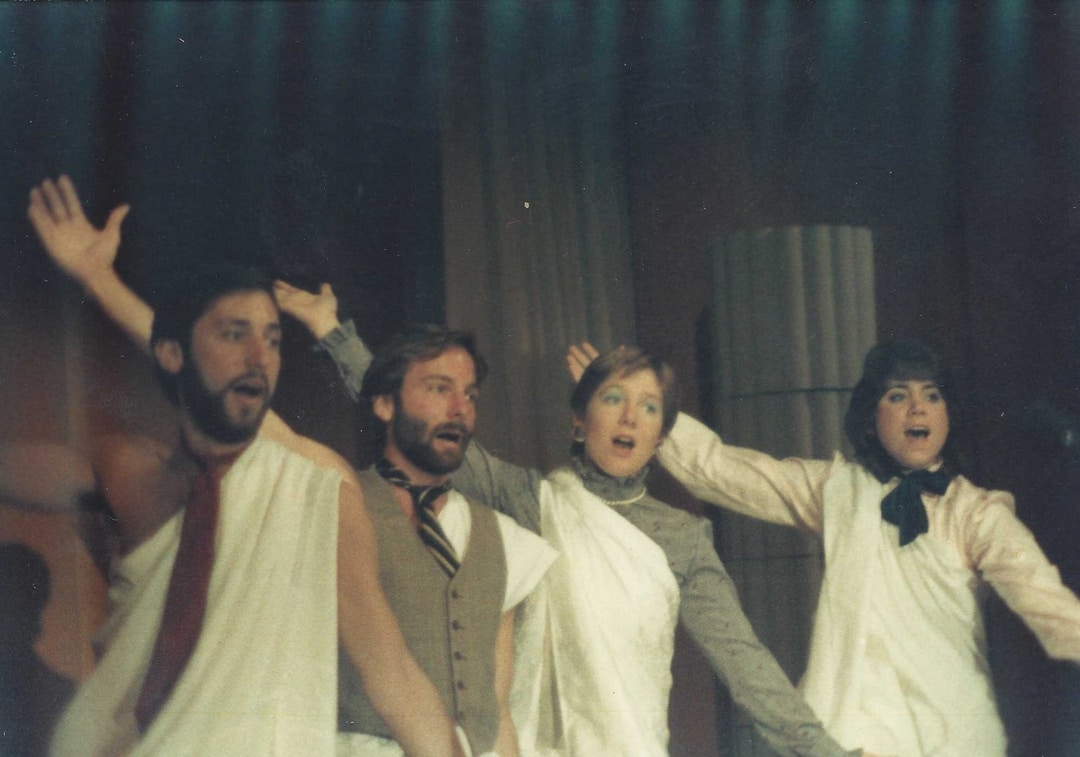
Lysander, Demestrias, Hermia and Helena in A Midsemester Night's Dream
Elya Braden, JD ‘86
STANFORD AFFILIATION
Stanford Law School Alum
COMMUNITY
SLS theater junkies
Law students who love to act, write or direct plays and musicals.
LOCATION
Stanford Law School
COMMUNITY SIZE
25-50
I was accepted to Stanford Law School from the waiting list. Too late to live in Crothers with my classmates, I shared an off-campus apartment with a PhD student. Too young to drink for my first six weeks and too embarrassed to tell anyone, I turned down social invitations. And, I was ambivalent about being in law school, driven to apply by a fear of failing at my first love – theater. I felt like an outsider and a fraud.
No surprise, my first semester grades at SLS were below the mean. Case law was opaque to me. I spent weekends binging on romance novels and doughnuts. I considered dropping out. Then, my Real Property professor gave us a pep talk about grades. With a fixed curve, he said, half of us would necessarily be at the mean or below. We had three choices: 1) drop out (not recommended), 2) live in the library and study 24/7 (also not recommended), and 3) find something else you are passionate about and do that. If you live a more balanced life, he concluded, you are more likely to be successful in all ways.
Then, auditions for the Spring musical were announced. I landed one of the four lead roles. I was ecstatic! I found my tribe in this group of thespian law students. From then on, I had roles in the Fall plays and Spring musicals every semester I was at SLS. I lost weight, my grades improved, and I made lasting friendships.
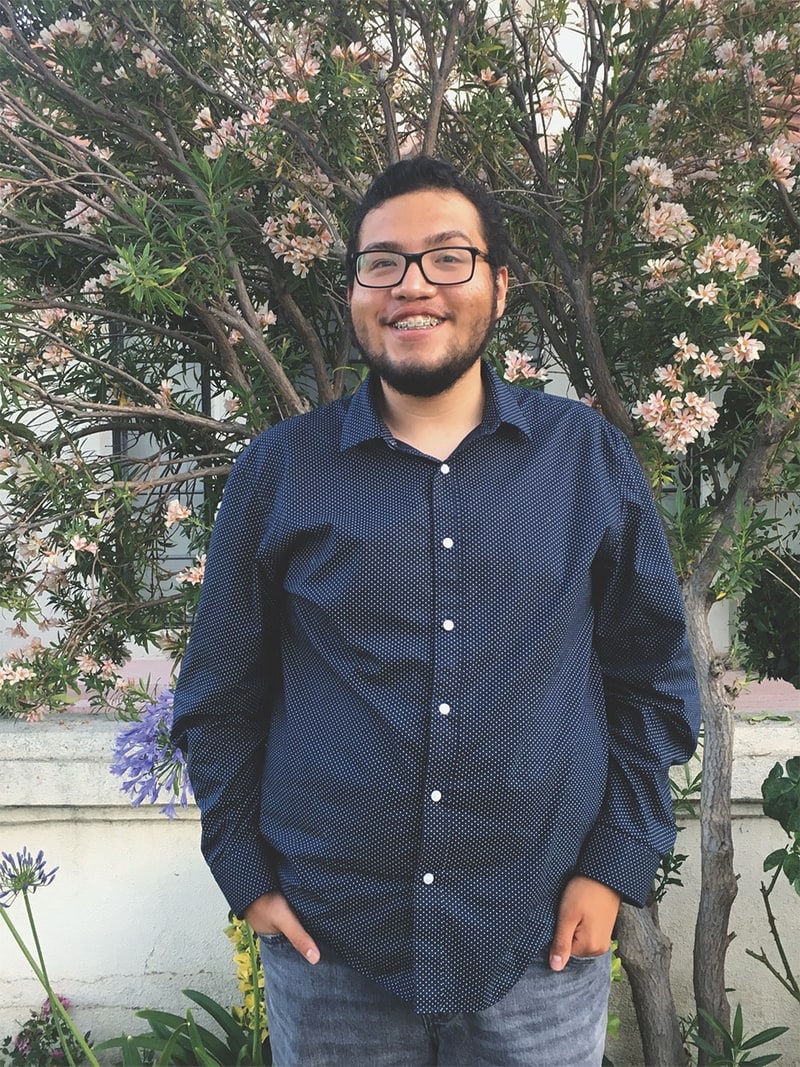
Miguel Samano, '19
STANFORD AFFILIATION
student
COMMUNITY
Structured Liberal Education
Students and alumni who were part of the Structured Liberal Education program their freshman year
LOCATION
Stanford
COMMUNITY SIZE
600 alumni and students
Luke was my resident tutor for SLE. My friends and I would set up camp in his room late at night, and he would make us tea while we wrote our SLE essays. He would brainstorm with me for my essays and convince me that my ideas were the stuff of genius.
Luke changed how I think about my own writing. He encouraged me to not be afraid to put my ideas out there. Once, he called me brave. My relationship with other student groups had been strained after publishing a controversial opinion, but he called me brave because I had spoken my mind. Several SLE students my year were outspoken about their dislike for the program, but I think that most students in the program do wind up internalizing more or less the same point communicated every year. It will usually occur immediately after an early lecture memorable because the professor will have called at least one student a moral coward, someone who doesn't act on what they are convinced is right—an appropriate beginning to a program where books often shake students up.
As an incoming resident tutor, I have thought lately about my role in the community. I think it's to help freshmen become braver writers by teaching them to not be afraid of acting on an idea by putting it out there for other people to read.
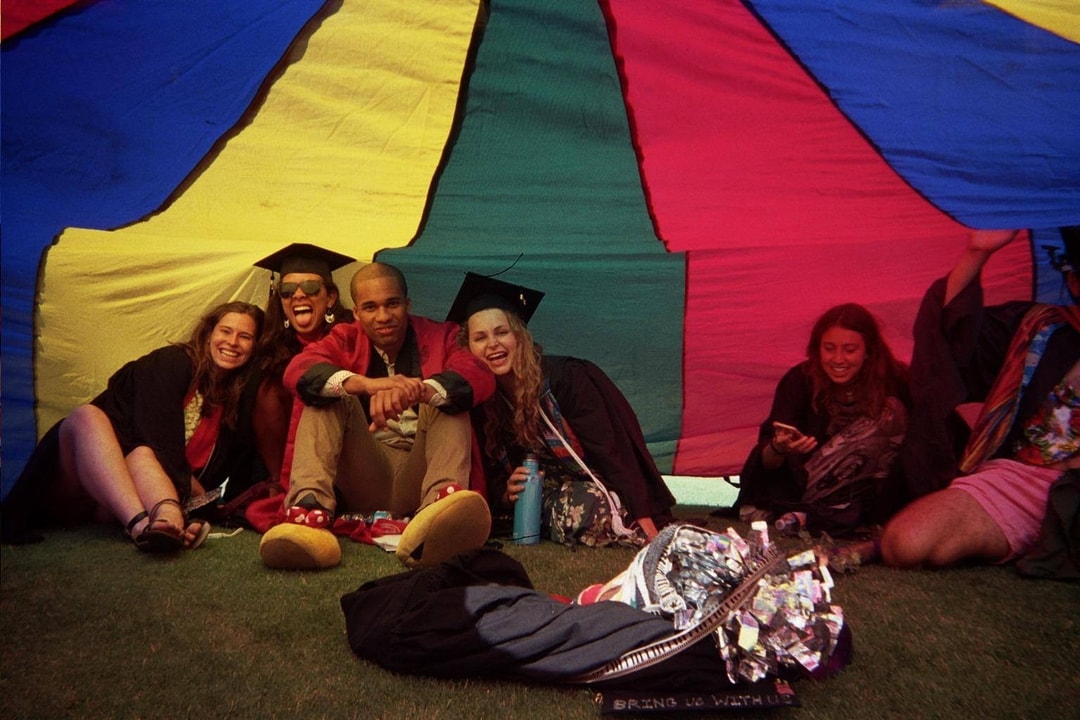
Botts, center, in a Chi Theta Chi group photo, Spring 2016.
Jackie Botts, '16, MA '18
STANFORD AFFILIATION
alumna; student
COMMUNITY
Chi Theta Chi, also known as XOX, also known as 576 Alvarado Drive
Students who found themselves drawn to cooperative living and a radical embrace of weirdness
LOCATION
Stanford
COMMUNITY SIZE
~50 at any given time, but hundreds of active alumni
We hid under the enormous parachute, bathed in the rainbow sunlight that filtered through the cloth. We beamed at each other and sang. Our black robes picked up blades of grass. Outside our temporary refuge, we could hear other graduates reveling in their own wacky walks. In a few minutes we would proceed to the folding chairs, where we would listen for hours as speakers ushered us toward our diplomas.
But for now, it was just us: the graduating seniors of Chi Theta Chi, in our little tent made from a parachute.
In my first years on campus, I felt a funny mix of exhilaration and uneasiness when I rode my bike through Stanford’s postcard views, perfectly manicured lawns and scrubbed surfaces. In classrooms and parties, I could emulate the school’s sunny exterior. But my internal self often felt stormier, weirder and far less sure of herself.
Then, during my junior year, the draw landed me in the house that would become my home. In our big frat-turned-co-op, we cooked together, danced together and celebrated each other. Bare feet walking through the house picked up a layer of dirt and glitter that would have been unacceptable anywhere else on campus. It was a little gross, but I really didn’t mind. I felt so lucky.
Now a few years out from graduation, many of us have gone on to build new communities together. Often when we reunite, there’s a familiar feeling of trust and love and knowing. It's like we’re under our rainbow parachute again.
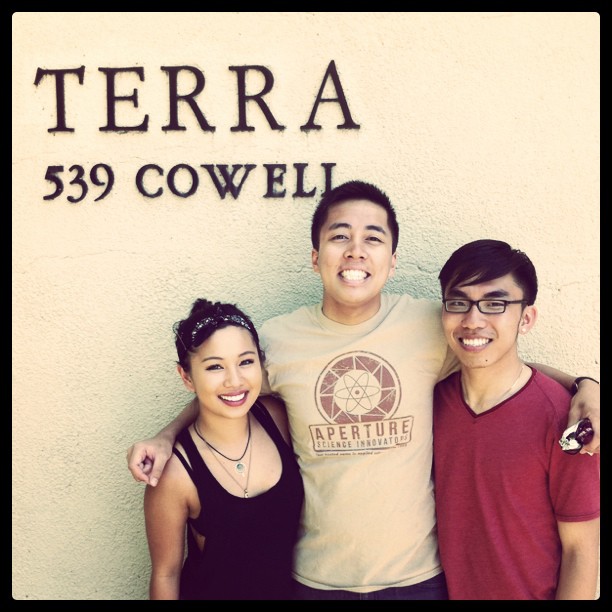
Sigua with current roommates Trac Dang and Kyle Zaragoza, both ’12, on their last day at Terra.
Heidi Sigua, '12
STANFORD AFFILIATION
alumna; staff
COMMUNITY
Terra
Residents of Terra, the Stanford co-op community circa 2010-2012
LOCATION
Stanford, SF Bay, Digital
COMMUNITY SIZE
30
For all its counterculture and innovation, Stanford only touched the surface of gender and sexual inclusivity in 2010. In the co-op Terra, I found a home, after years as a repressed outlier at Stanford. We baked bread for each other, had dance-offs in drag, and burned jock straps from exes. After Stanford, I filled my apartment with Terra alums. Now considering motherhood, I like the idea of co-parenting with my roommates. Besides the merits of having 3 dads, I want my child to be housed in all-inclusive love. It’s not every day that you find your soulmate in 30+ people in a co-op at Stanford.
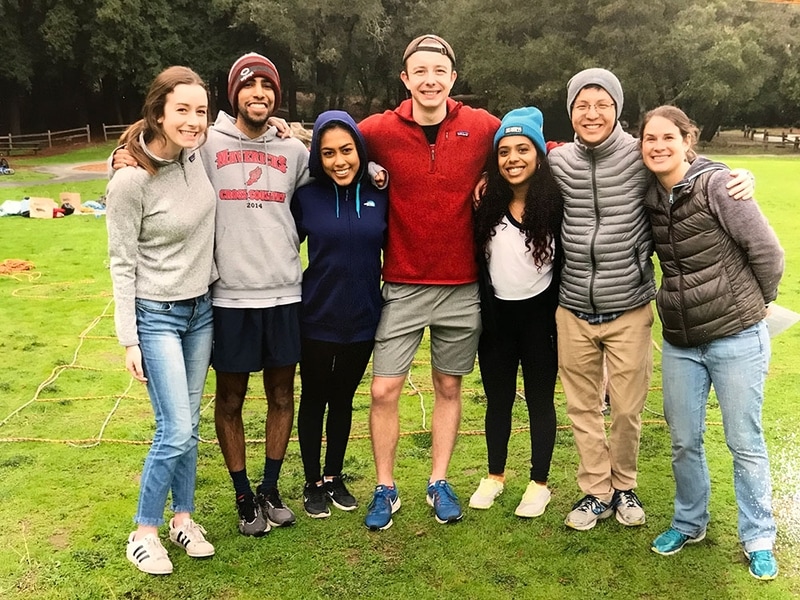
Meredith Manda, Akshay Jaggi, Tashrima Hossain, Ian Hodge, Cha Cha Pillai and Chris Yeh with Patton (Credit: Ben Patton).
Jill Patton, '03, MA '04
STANFORD AFFILIATION
alumna; staff; resident fellow
COMMUNITY
Otero House Staff
Six upperclassmen and two resident fellows (plus two kids and a cat)
LOCATION
Wilbur Hall, Stanford University
COMMUNITY SIZE
91
Among the things I didn’t foresee about my adult life: That I would, at the age of 37, be again living in a freshman dorm. Yet in August, my husband and I began a four-year commitment as resident fellows in a house in Wilbur Hall. The role entails a lot of things, but the most important is the hiring and management of the student staff (the resident assistants, etc.).
It’s that group—those six 21-year-olds—that has made such a mark on my life. Living in close quarters with such a diverse group of students (91 of them) carries with it great joy, and intrigue, but it also concentrates sorrow, distress and conflict. For two hours every Sunday night, my husband and I process those intractable issues with our staff and try, to the best of our ability, to understand human nature in all its eccentricities. And every week, I learn a lesson from our student staff about how to be a better person. Somehow they find the stamina and the empathy, day in and day out, to care deeply about every individual, regardless of their (insert: loudness, callousness, quirkiness, hatefulness, obliviousness); somehow they’re not yet jaded by the inevitable disappointments life delivers to the least-deserving recipients; somehow they have energy to participate in, and organize, 24-hour-long dance party fund-raisers; and somehow, amid all that (plus advanced computer science classes and/or running the student government), they seem to care how we’re doing too. Who’s role modeling for whom?!
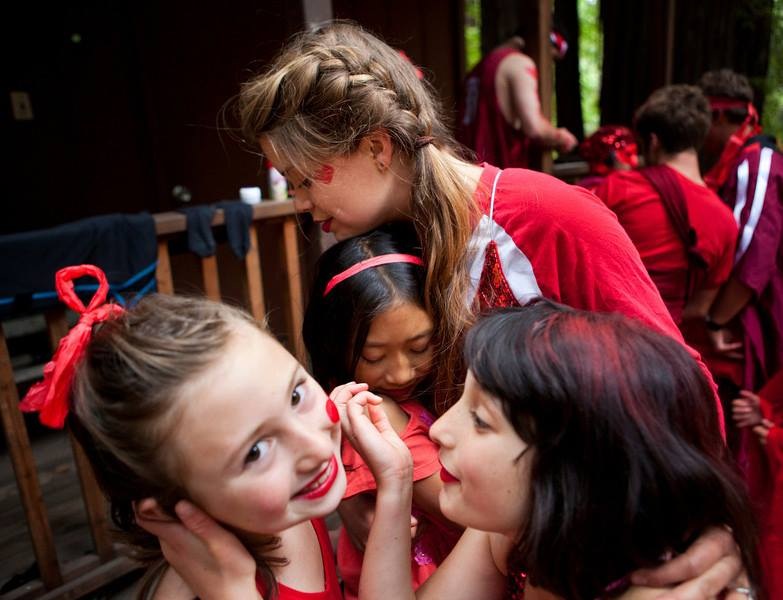
Brown and her red campers.
Camille Brown, '14
STANFORD AFFILIATION
alumna; staff
COMMUNITY
Camp Kesem Stanford
Families who are coping with a cancer diagnosis and the college-aged counselors who support them
LOCATION
Stanford, CA
COMMUNITY SIZE
500+
I came to Stanford as a freshman fresh off a high school graduation that was upended by the discovery that my mother’s cancer had come back and a summer of cracking jokes with her in her chemotherapy suite. When I stepped on campus, I wanted nothing more than to run as far away from that twisted reality as I could. But then Kesem came along. My freshman year PHE (Peer Health Educator) convinced me to submit an application, if half-heartedly, to work at the camp after I talked about my mom’s diagnosis at a dorm event. I was unnerved when I was chosen as a counselor and downright terrified when I was told I was working with children ages 7-9. My first thought was, “If I couldn’t handle my own parent’s diagnosis as an adult, how the hell was I supposed to support a second grader through this?”
What I would come to find out over four years of water fights, hugs, fart jokes, and dress-up sessions was that these 7-9 year olds would be the ones supporting me. They taught me how to open up to a community of fellow Stanford counselors about my anxiety and concern over my mother’s increasingly dismal diagnosis, through songs, friendship bracelets and banana slugs. They let me know it was okay to not be okay—something every Stanford student needs to hear at some point in their undergrad experience. And they even gave me the confidence to start opening up to my peers, leaving me with a community of friends and mentors that are still here to support me long after graduation.
It was this Kesem community that drove eight hours to stand with me when my mother died four years ago, and the same community who calls, texts and emails me every year when Mother’s Day rolls around. I would not be the person I am today without the support of this community—campers and counselors alike—and I am grateful each and every day that Stanford brought this community into my life.


